In this digital age, there is more than one type of food photographer.
If you were a food photographer in the days of film, you shot advertising and editorial assignments and were considered a commercial photographer.
In that last fifteen years or so, we’ve seen the emergence of the food blogger, influencer, and content creator, all who shoot for brands in some form or another. They shoot food for commercial purposes (to sell or promote a product), but within the photographic industry they’re not necessarily considered “commercial” food photographers.
The lines have become blurred because the usage of media has shifted so dramatically in the last decade. Commercial photography can be difficult to define but people within the photographic industry know what is meant, and the definition has not changed much since the days of film.
In this post I’ll explain my understanding of the two main types of photographers shooting food today. This is based on my experience, which is a North American experience and point-of-view. The business practices can vary, depending on where you live.
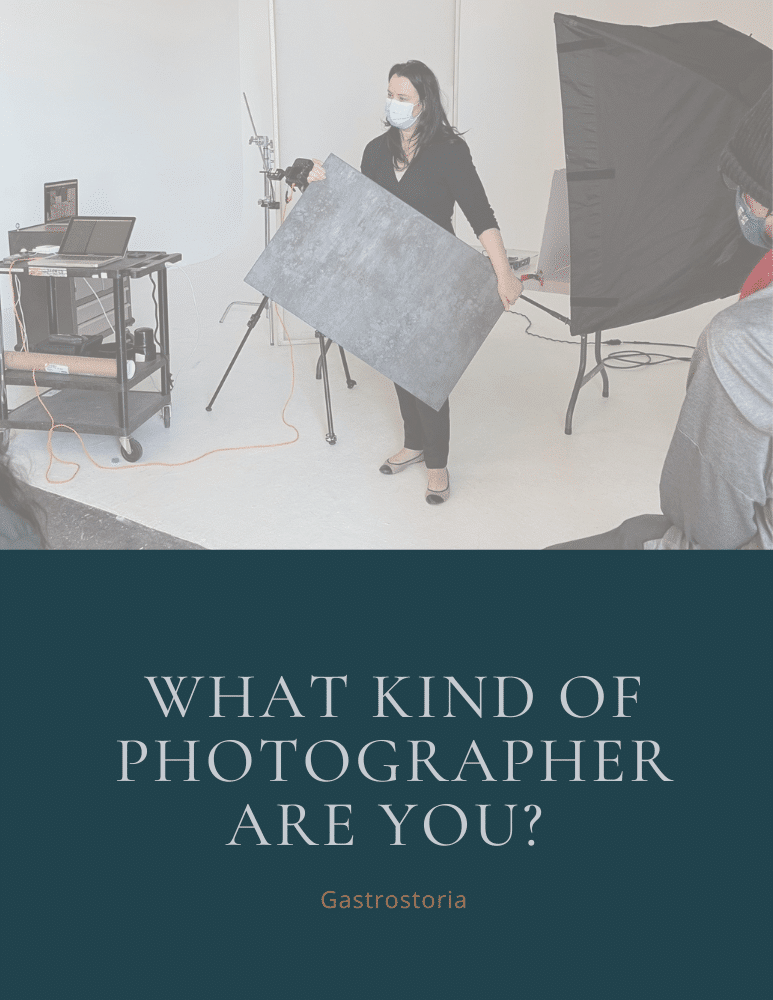
What Is a Commercial Photographer?
When we’re shooting images for brands, the images are used to sell a product, so yes, on some level, it’s all considered “commercial”. But the term “commercial food photographer” means something very specific to photo reps and editors, and other types of photo buyers. It’s a definition and understanding that has not changed much since the days of film.
A commercial food photographer typically shoots advertising campaigns and works with agencies. Many such as myself also have a photo rep who helps them market their work and negotiate on jobs. Although the images may be used for web and social media, they are also widely used in print advertising. Print and advertising photography has a higher media usage value than web and social, and this is reflected in the photographer’s fee and costs of production.
This is not to say that a commercial food photographer doesn’t do editorial work or shoot small jobs for brands, but this doesn’t make up the bulk of the income.
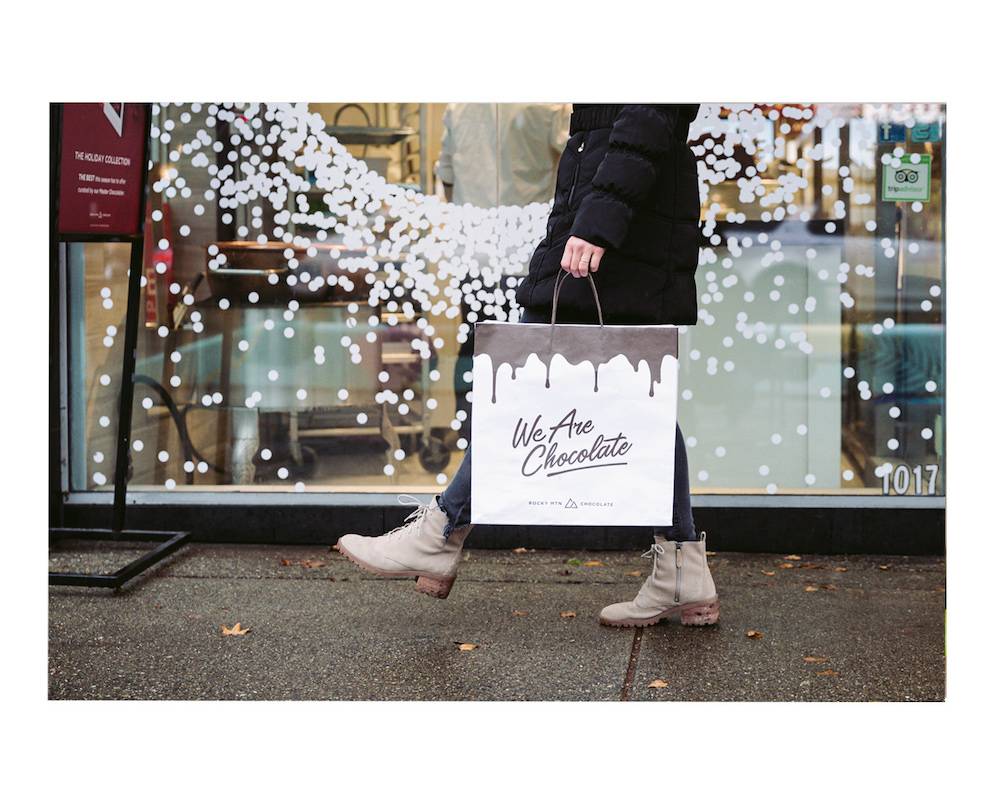
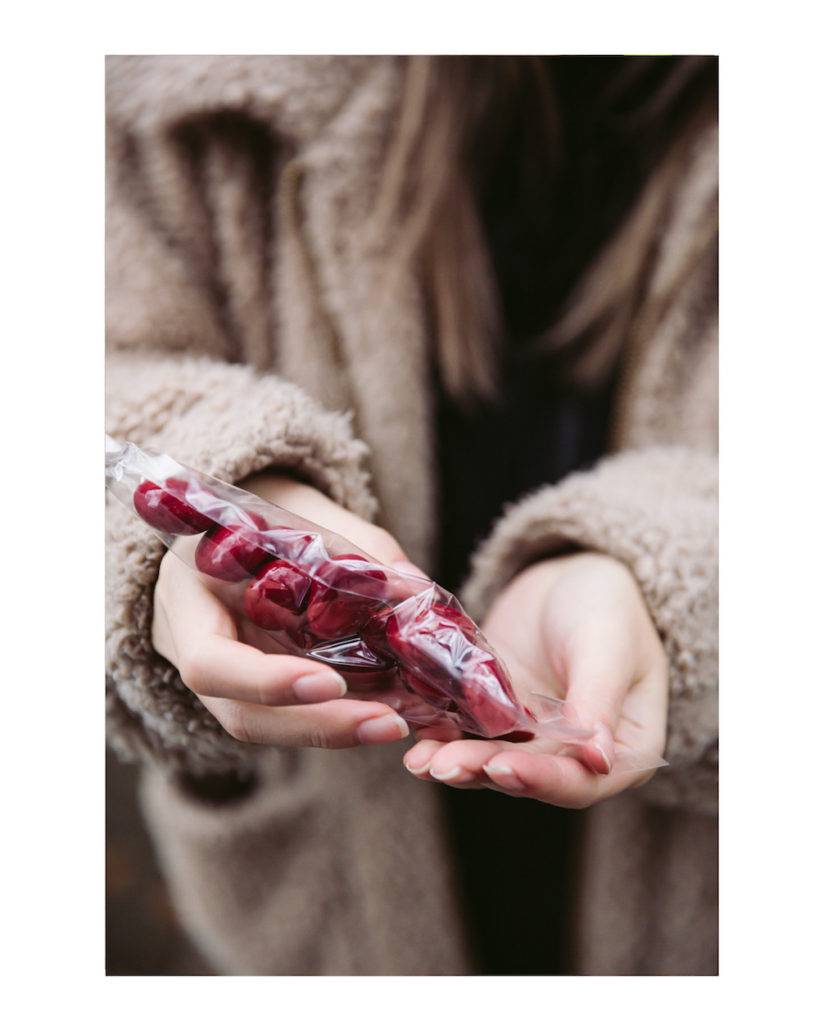
What’s the Difference?
One of the biggest differences between a commercial photographer and a content creator is that the commercial shooter usually works in studio with a team, while content creators tend to shoot alone and work remotely. In the former scenario, the client or an art director is on set to provide input and approve the images as they are shot. They have a lot of creative control, which they lose in a remote shooting situation.
A remote shoot doesn’t include many of the costs the client is expected to pay in a full production. This saves them a lot of money, but they also lose a lot of creative control, so it’s a trade off.
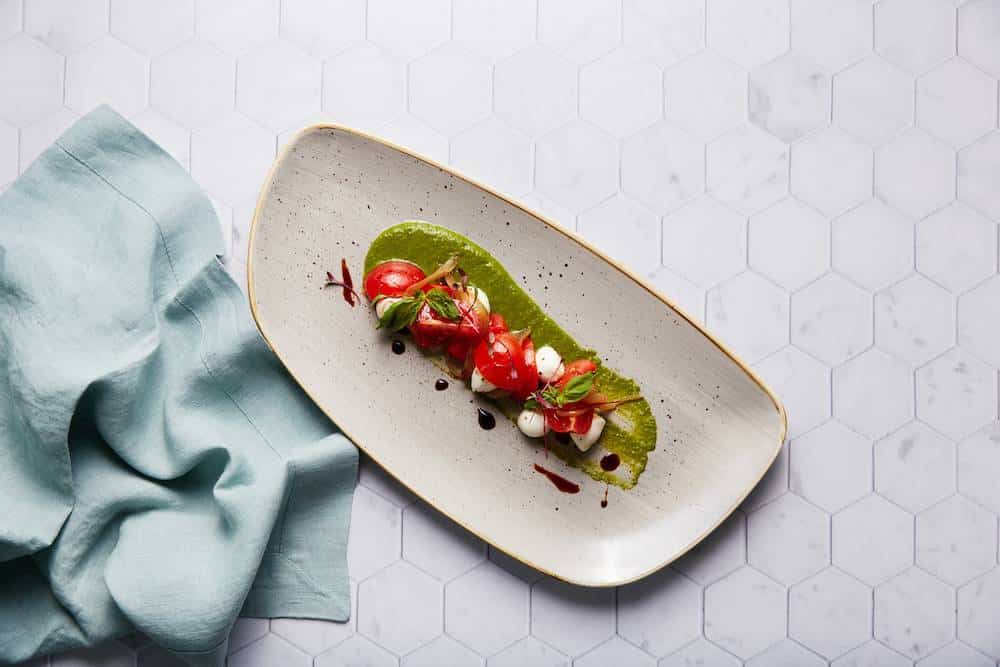
Why Is This Important?
Knowing exactly what type of photographer you are is important for your marketing efforts.
Depending on who your clients are and where your work will appear, you’ll need to market differently, and estimate on jobs differently.
For example, I do a lot of work with agencies. When I quote for agencies, I write up my estimate to include all of the costs of production and the estimate is based on the scope of the project. From there, a negotiation process usually begins. I don’t do package-based pricing or per image pricing. My creative fee is based on a day rate.
It’s also standard that instead of a contract, your terms and conditions are stated on the estimate. When the client signs off on the estimate, they are accepting those terms and conditions. Agencies usually won’t sign your contracts.
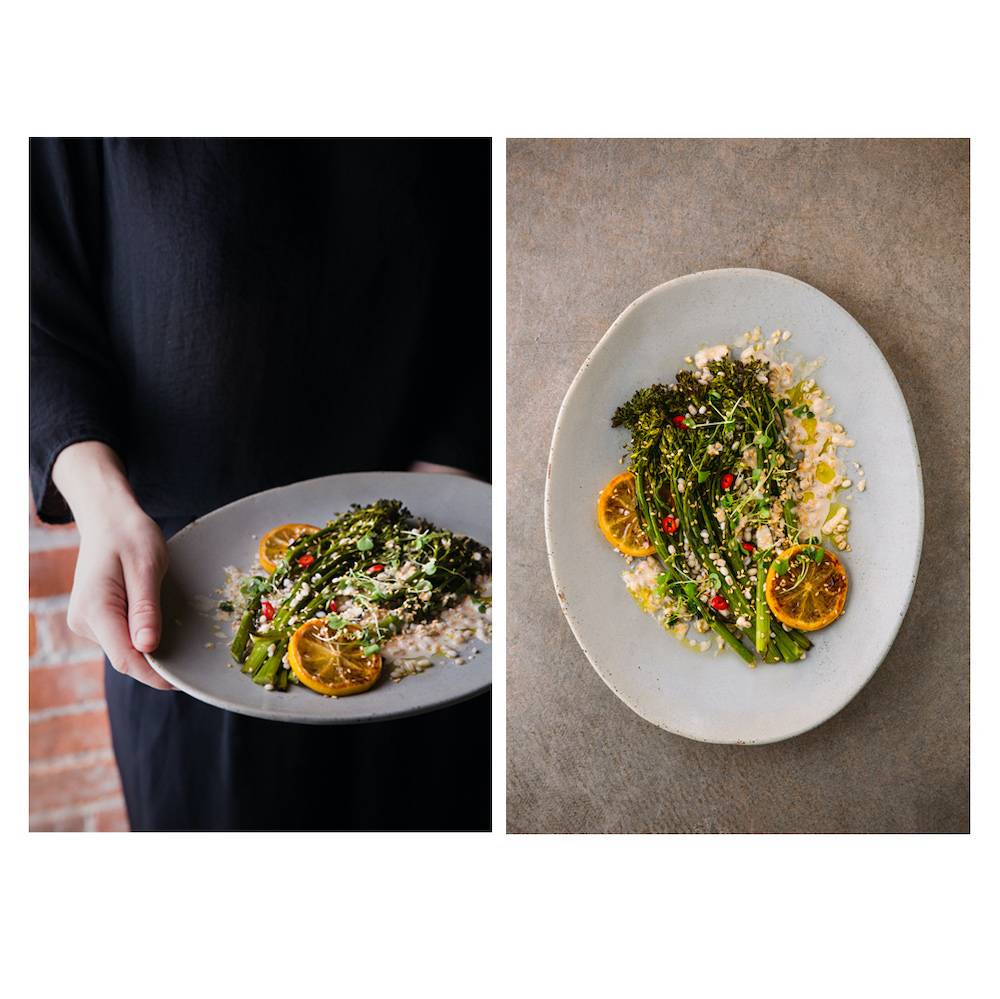
What If You Want to Be A Commercial Food Photographer?
Essentially, if you want to be a commercial food photographer, you need to present yourself in a certain way through your marketing outreach and the way you approach pricing.
The key is that the onus falls on you to identify the clients you want to work with and go after them. You do this with email and printed promotions, and consistent follow up. Like in many other industries, photography is all about building relationships.
For more info on how to get started with promoting your work as a commercial food photographer, check out this article I wrote for Digital Photography School, which as had almost 90k views by now.
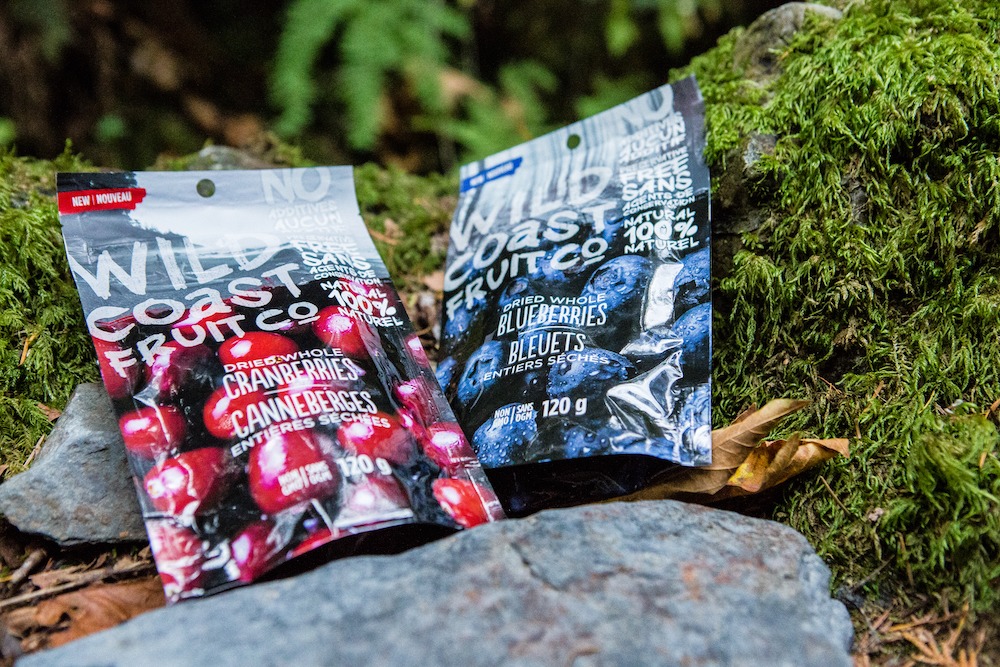
To Sum Up
The best way I can think of summing up this post is to use my own business as an example.
I shoot for agencies, food brands and small business. My process starts with a discussion with the client about their needs and getting a sense of their budget. This helps me figure out if a full scale production is necessary, or if I can satisfactorily deliver on the brief shooting alone in my home studio.
I may not need a whole team including a food stylist and digital imaging tech in a rented studio to shoot two images of a smoothie for product packaging. If a client wants ten different burger shots for their menu and those shots will include print usage, then yes, it’s a full-scale production in studio or on location with a team.
Therefore, the nature of the shoot and the desired outcome influences how I quote on the job. When I understand that a client wants an image library for social media, they don’t fall in the “commercial” category.
Great food photography takes time. It can sometimes take me two hours to get the shot. So I can deliver on volume or quality, but not both–unless they want to book a studio and team for a two week shoot!
To read about how I got into commercial food photography, read this post.
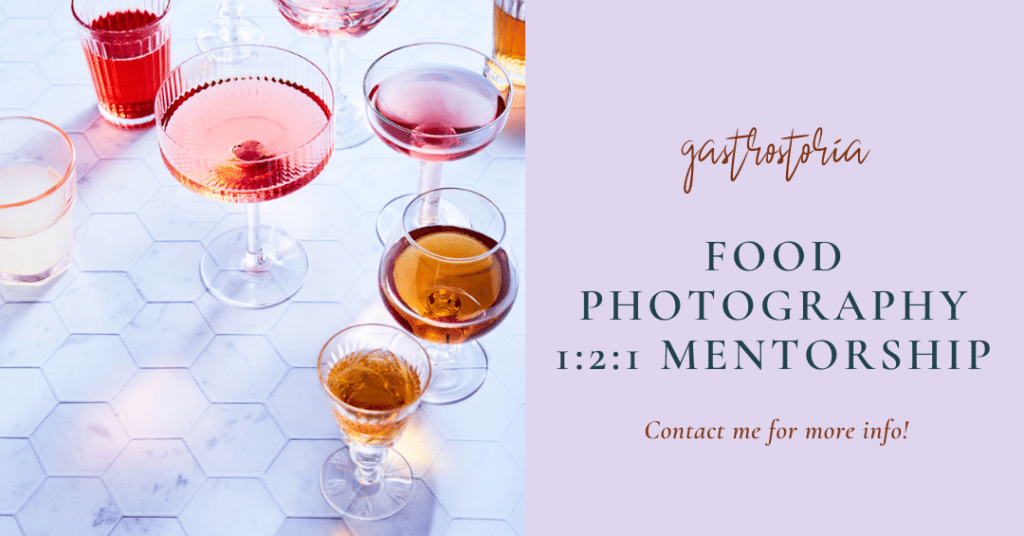
Interested in working with me one-to-one on your food photography?
Head over to this link or contact me to get on the waiting list for Fall 2021.




REALLY great insight on this topic! Currently working with lots of local bloggers and brands and am interested in shooting more commercial work, however I was having difficulty defining what that meant exactly. Thank you for sharing!